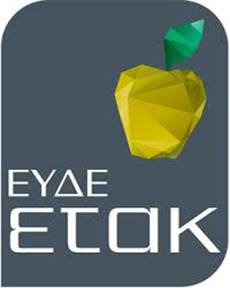
Worldwide, high grade ovarian epithelial cancer (HGOC) remains the most fatal gynecological cancer. In patients with HGOC, the presence of intratumoral genetic heterogeneity is considered an important adverse prognostic factor associated with poor response to treatment and, therefore, poor survival rates. Current data support the evaluation of tumor heterogeneity with the use of radiomics, a high-throughput process with which a large number of tumor imaging characteristics are extracted from medical images (e.g. Magnetic Resonance Imaging, MRI) and quantified objectively in a reproducible form; radiomics contain information for tumor phenotype and its interactions with the microenvironment (habitat imaging); they may be correlated and integrated with tumor genetic patterns (genomics), creating the radiogenomics. Radiogenomics may be used as potential biomarkers for tumor diagnosis, targeted therapy and better prediction of clinical outcome in patients with malignant neoplasms.
The aim of our study is to develop and, subsequently, support the clinical implementation of an advanced medical decision support system (DSS) for patients with HGOC, based on radiogenomics, to enable the automatic classification of HGOC patients into risk categories. The produced DSS would provide important tools for MR image optimization, MRI data processing, and medical and statistical data storage and therefore, it could be potentially used as a comprehensive digital service by health professionals for personalized medicine (Subset 5.5).
Additionally, an easily applicable software for converting medical MR images to radiomics (three dimensional-3D model) will be created; the extracted radiomics will be combined with genetic data from primary ovarian tumor, co-existing metastatic disease or relapsed tumor (if it happens) in order to produce radiogenomics, to be potentially used as biomarkers for tumor prognosis.
Our final goal is to identify-through noninvasive imaging- those women with HGOC who have adverse prognostic features and to eventually classify these patients into risk groups; accurate preoperative classification of HGOC patients into risk categories may be associated with early customization of treatment, optimizing the therapeutic outcome and therefore, it may improve patients’ survival rates. The above prognostic model will be supported by an easily reproducible DSS. It is expected that both, the applied MRI software for radiomics extraction and the produced DSS, will have the potential to be used for the evaluation of other types of cancer besides HGOC, assisting the implementation of tailored therapy to the individual patient (precision medicine).
